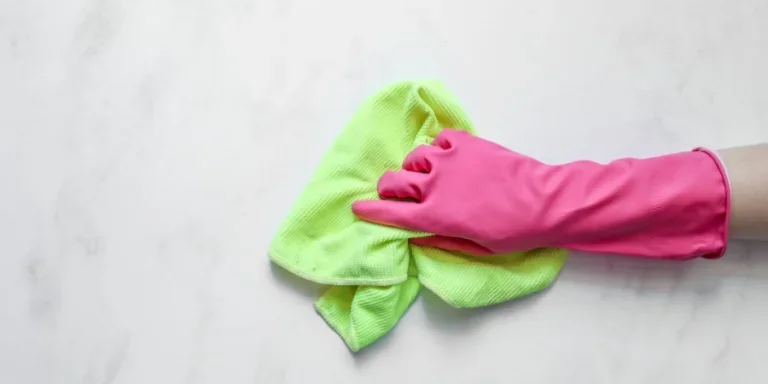Table of Contents
• Introduction
• Market overview
• Different types of cleaning cloths
• Things to consider when selecting products
• Conclusion
Introduction
Microfiber cleaning cloths have revolutionized the cleaning industry with their superior performance and versatility, making them a must-have for both residential and commercial cleaning. The market for these cloths is expanding rapidly due to their ability to effectively trap dust, absorb liquids, and provide a streak-free finish on various surfaces. Different types of cleaning cloths, including cotton, terry, chamois, and speciality cloths, offer unique benefits tailored to specific cleaning tasks. When selecting products, factors such as material quality, weave type, and maintenance play a crucial role in ensuring optimal performance. This article delves into the market trends, features of various cleaning cloths, and key considerations for choosing the right product.
Market overview
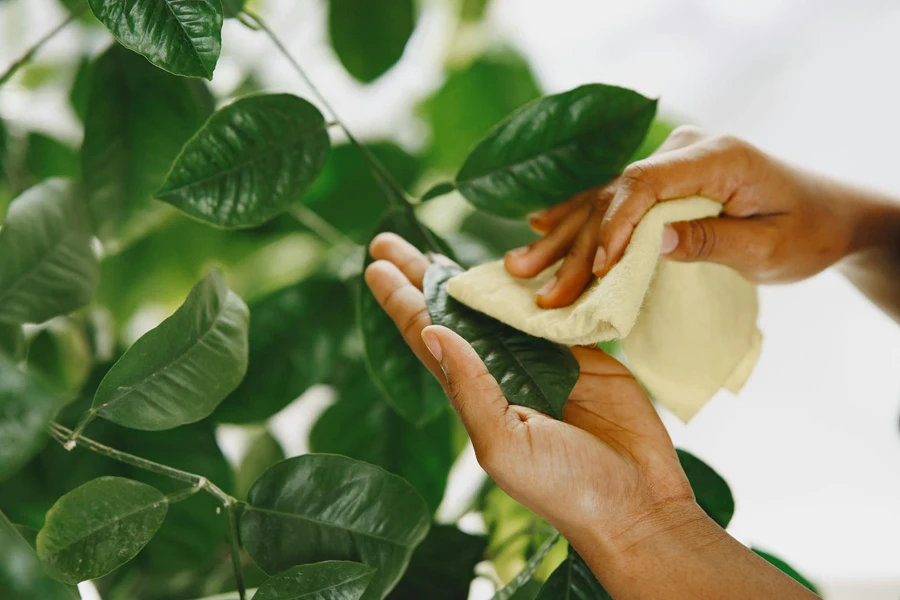
Market scale and growth
The microfiber cleaning cloth market was valued at USD 5.07 billion in 2023 and is projected to reach USD 7.62 billion by 2031, growing at a compound annual growth rate (CAGR) of 5.23% according to Verified Market Research. This growth is driven by increasing awareness of hygiene and the superior cleaning performance of microfiber materials. The market’s expansion is also supported by the rising demand for efficient cleaning solutions in both residential and commercial sectors.
Market share
Key players in the market include TORAY INDUSTRIES, 3M (Scotch-Brite), Norwex USA, and Freudenberg Home and Cleaning Solutions GmbH. These companies hold significant market shares due to their strong product portfolios and innovation capabilities. For example, products from these manufacturers are known for their high durability and electrostatic properties, which enhance cleaning efficiency and longevity.
Market changes
Trends and innovations shaping the market include the development of eco-friendly and biodegradable microfiber cloths, as consumers become more environmentally conscious. Additionally, advancements in fabric technology, such as improved absorption and quick-drying features, are driving changes in product offerings and consumer preferences. This ongoing innovation ensures that microfiber cleaning cloths remain a popular and effective choice for diverse cleaning applications.
Different types of cleaning cloths
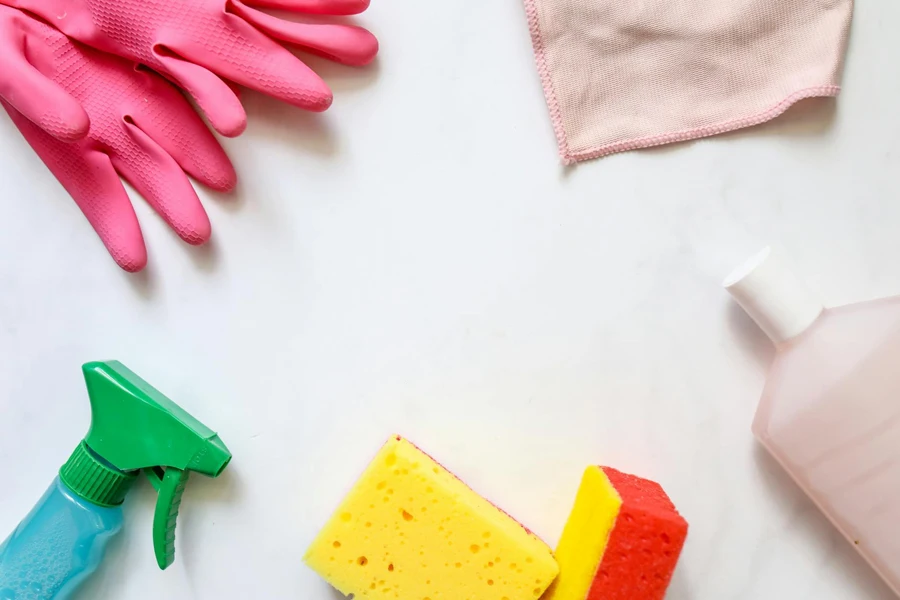
Microfiber cloths
Microfiber cloths are constructed from synthetic fibers, typically a blend of 80% polyester and 20% polyamide. The fibers are split during manufacturing to create a star-shaped cross-section, increasing surface area and enhancing their electrostatic and filtering capabilities. These cloths excel in capturing dust, dirt, and bacteria due to their microscopic fiber structure, which is finer than a strand of silk. They are also highly absorbent, capable of holding up to seven times their weight in water, making them ideal for cleaning and drying surfaces without streaking.
Cotton cloths
Cotton cloths, made from natural fibers, are known for their high absorbency, capable of retaining up to 27 times their weight in water. While they are effective for general cleaning tasks, their relatively larger fiber structure compared to microfiber makes them less efficient at trapping fine particles. Cotton cloths are durable, washable, and biodegradable, making them a sustainable option for routine cleaning tasks, but they may leave lint behind and are not as effective for detailed cleaning.
Terry cloths
Terry cloths feature a looped pile fabric that significantly enhances their absorbency and durability. Typically made from cotton, these cloths have loops on both sides, increasing the surface area for soaking up liquids. Terry cloths are particularly effective for heavy-duty cleaning tasks, such as scrubbing surfaces and absorbing large spills. The loops provide additional friction, making these cloths excellent for removing tough stains and debris from surfaces.
Chamois cloths
Chamois cloths, traditionally made from sheepskin leather, and now often from synthetic materials, are highly prized for their softness, absorbency, and ability to provide a streak-free finish. The unique porous structure of chamois material allows it to hold a significant amount of water while remaining soft and pliable. These properties make chamois cloths ideal for drying and polishing applications, especially on glass and automotive surfaces, where a lint-free and scratch-free result is essential.
Lint-free cloths
Lint-free cloths are designed to leave no residue, making them ideal for cleaning delicate surfaces such as electronics, glass, and mirrors. Typically made from tightly woven synthetic fibers, these cloths prevent fiber shedding and ensure a spotless, streak-free finish. The tight weave also provides a smooth texture, reducing the risk of scratching sensitive surfaces during cleaning.
Speciality cloths
Speciality cloths are engineered for specific cleaning tasks, such as those designed for stainless steel, electronics, or other specialized surfaces. These cloths often incorporate advanced materials and weaves to enhance their performance for particular applications. For example, some speciality cloths may include antistatic properties to prevent dust attraction on electronic screens or incorporate silver ions for antibacterial purposes in medical environments. Their tailored design ensures optimal results for the specific cleaning challenges they address.
Things to consider when selecting products
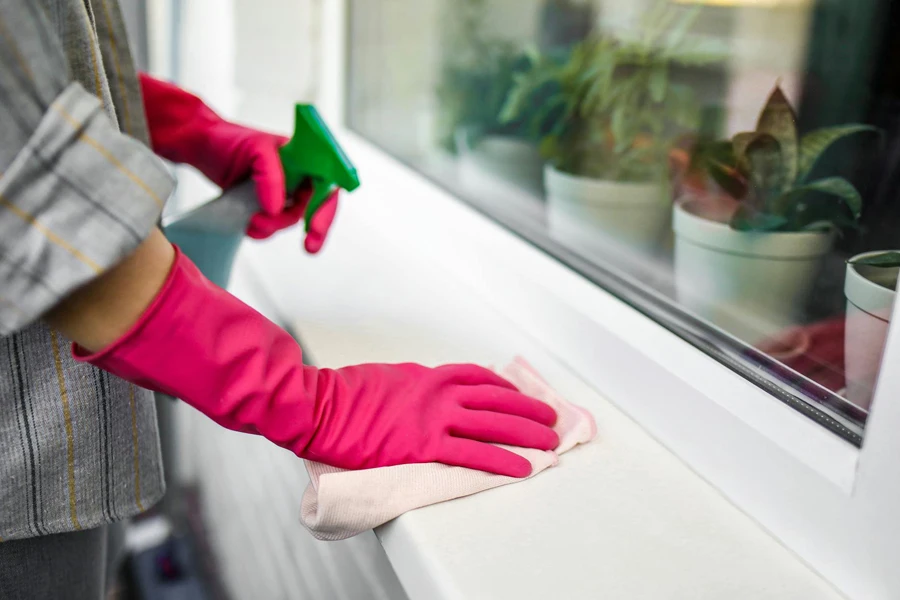
Material quality
The quality of microfiber cloths is significantly influenced by their GSM (grams per square meter). A higher GSM indicates a denser, more durable cloth that can handle heavy-duty cleaning tasks and withstand frequent washing. For instance, cloths with a GSM of 300-400 are suitable for general cleaning, while those with a GSM of 500 or higher are ideal for polishing and detailing tasks due to their superior absorbency and softness.
Weave type
Different weave types offer distinct advantages depending on the cleaning task. Waffle weaves, characterized by their honeycomb texture, are highly absorbent and efficient for drying and scrubbing surfaces. Terry weaves, with their looped structure, provide excellent scrubbing power and are suitable for heavy-duty cleaning tasks. The choice of weave can enhance the cloth’s performance, making it more effective for specific applications.
Size and thickness
The size and thickness of cleaning cloths directly impact their durability and effectiveness. Larger cloths cover more surface area, making them ideal for extensive cleaning tasks, while thicker cloths offer better absorbency and cushioning, protecting delicate surfaces during cleaning. Selecting the appropriate size and thickness ensures that the cloth meets the demands of the cleaning task without compromising on durability or performance.
Color coding
Implementing color-coding systems in commercial settings helps prevent cross-contamination by designating specific colors for different cleaning areas. For example, blue cloths for general cleaning, red for restrooms, and yellow for kitchens. This system enhances hygiene and efficiency, reducing the risk of spreading contaminants between different areas.
Maintenance
Proper maintenance of microfiber cloths is crucial for maintaining their effectiveness and longevity. It is recommended to wash microfiber cloths separately in warm water with mild detergent, avoiding fabric softeners and bleach, which can damage the fibers. Air drying or using a low-heat setting in the dryer helps preserve the cloth’s structure. Regular maintenance ensures that the cloths remain effective in capturing dirt and dust over prolonged use.
Application suitability
Matching the specific types and qualities of microfiber cloths to particular cleaning tasks optimizes their performance. For dusting, a cloth with a higher electrostatic charge is beneficial, while a thick, high-GSM cloth is better for absorbing spills. Polishing tasks require a soft, non-abrasive cloth to avoid scratching surfaces. Understanding the unique properties of each type of microfiber cloth ensures that the right cloth is used for the right job, maximizing cleaning efficiency and effectiveness.
Conclusion
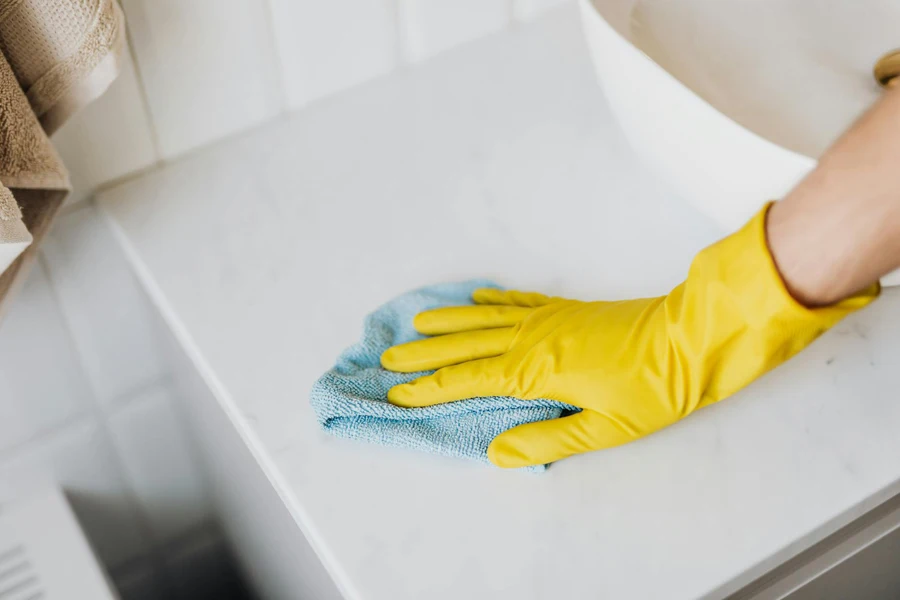
Microfiber cleaning cloths offer a versatile and effective solution for a wide range of cleaning tasks, making them an essential tool in both residential and commercial settings. With their superior material quality, various weave types, and tailored sizes and thicknesses, these cloths cater to specific cleaning needs efficiently. Implementing color-coding systems and adhering to proper maintenance practices further enhances their performance and longevity. By understanding market trends and key selection factors, businesses can make informed decisions to achieve optimal cleaning results and maintain high standards of hygiene.
